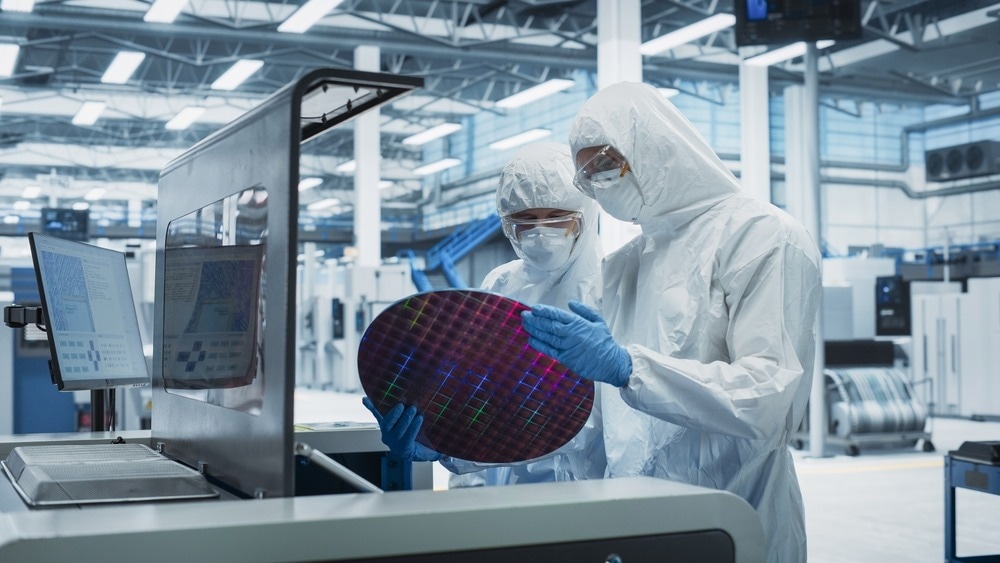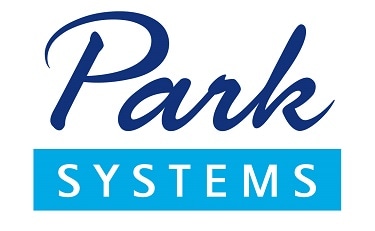As nanotechnology continues to advance, understanding surface properties at the nano- and sub-nanoscale levels has become increasingly important. Properties such as topography and roughness play a crucial role in determining a material’s overall performance.
Image Credit: Gorodenkoff/Shutterstock.com
In integrated circuit manufacturing, chemical mechanical polishing (CMP) is used to control the surface roughness of wafers and other substrates—a key factor influencing the reliability of final products.1,2
Similarly, in semiconductor device packaging, the quality of wafer-to-wafer bonding depends on the roughness of the bonding surfaces. Surfaces with high roughness values have been shown to introduce voids at the bonded interface, leading to bonding failures when roughness exceeds a critical threshold.
In scientific research, surface topography is often correlated with various material properties to gain deeper insights into material behavior and support practical applications.4-6
To evaluate surface topography, several techniques are available, including stylus profilometry, coherence scanning interferometry, laser microscopy, and atomic force microscopy (AFM). The choice of method depends on the sample’s characteristics and the specific goals of the measurement.
In semiconductor and electronic device manufacturing, where a detailed understanding of nanoscale surface features is essential, AFM is widely used for its ability to deliver three-dimensional data with sub-nanometer resolution.
Its scanning probe-based approach enables simultaneous measurement of surface topography along with electrical, frictional, and mechanical properties, enhancing both efficiency and throughput.
Measuring the Surface Properties Using AFM
AFM has gained significant traction among both industrial chip manufacturers and academic researchers for nanoscale surface measurement across a wide range of materials. It is suited for both in-line and off-line applications, serving as a key tool for quality control and inspection in semiconductor and display manufacturing processes.
Typical use cases include surface roughness inspection of bare wafers,7 post-CMP roughness measurements,1,2 monitoring of wafer bonding processes,3,8 and defect inspection and review of hard disk media.7
In academic settings, AFM supports investigations into nanomaterials,8 correlation studies between surface and other material properties,4 and the evaluation of environmental influences on surface characteristics.4,6
Given that AFM operates by scanning a sample surface with a nanoscopic tip, understanding the interaction between the tip and the sample is critical for accurate data analysis and interpretation.
This article explores AFM methodologies commonly used to investigate sample topography and surface roughness. It also discusses the procedures for analyzing and interpreting AFM data, along with key experimental considerations necessary for accurate surface reconstruction.

 Download the full article to read on!
Download the full article to read on!
References
- Zhao, D. and Lu, X. (2013). Chemical mechanical polishing: Theory and experiment. Friction, 1(4), pp.306–326. https://doi.org/10.1007/s40544-013-0035-x.
- Xie, W., et al. (2020). Green chemical mechanical polishing of sapphire wafers using a novel slurry. 12(44), pp.22518–22526. https://doi.org/10.1039/d0nr04705h.
- Chen, G., et al. (1999). The effect of surface roughness on direct wafer bonding. Journal of Applied Physics, 85(10), pp.7448–7454. https://doi.org/10.1063/1.369377.
- Mario, Carlos, Lanzoni, E.M., et al. (2019). Unraveling the Role of Sn Segregation in the Electronic Transport of Polycrystalline Hematite: Raising the Electronic Conductivity by Lowering the Grain‐Boundary Blocking Effect. Advanced Electronic Materials, 5(6). https://doi.org/10.1002/aelm.201900065.
- Salomão, F.C., et al. (2015). Determination of High-Frequency Dielectric Constant and Surface Potential of Graphene Oxide and Influence of Humidity by Kelvin Probe Force Microscopy. Langmuir, 31(41), pp.11339–11343. https://doi.org/10.1021/acs.langmuir.5b01786.
- Song, H., et al. (2020). Influence of humidity for preparing sol-gel ZnO layer: Characterization and optimization for optoelectronic device applications. Applied Surface Science, (online) 512, p.145660. https://doi.org/10.1016/j.apsusc.2020.145660.
- Yoo, R.Y. (2014). Automated AFM Boosts Throughput in Automatic Defect Review. Microscopy Today, 22(6), pp.18–23. https://doi.org/10.1017/s1551929514001126.
- Nagano, F., et al. (2022). Void Formation Mechanism Related to Particles During Wafer-to-Wafer Direct Bonding. ECS Journal of Solid State Science and Technology, 11(6), p.063012. https://doi.org/10.1149/2162-8777/ac7662.
This information has been sourced, reviewed and adapted from materials provided by Park Systems.
For more information on this source, please visit Park Systems.



